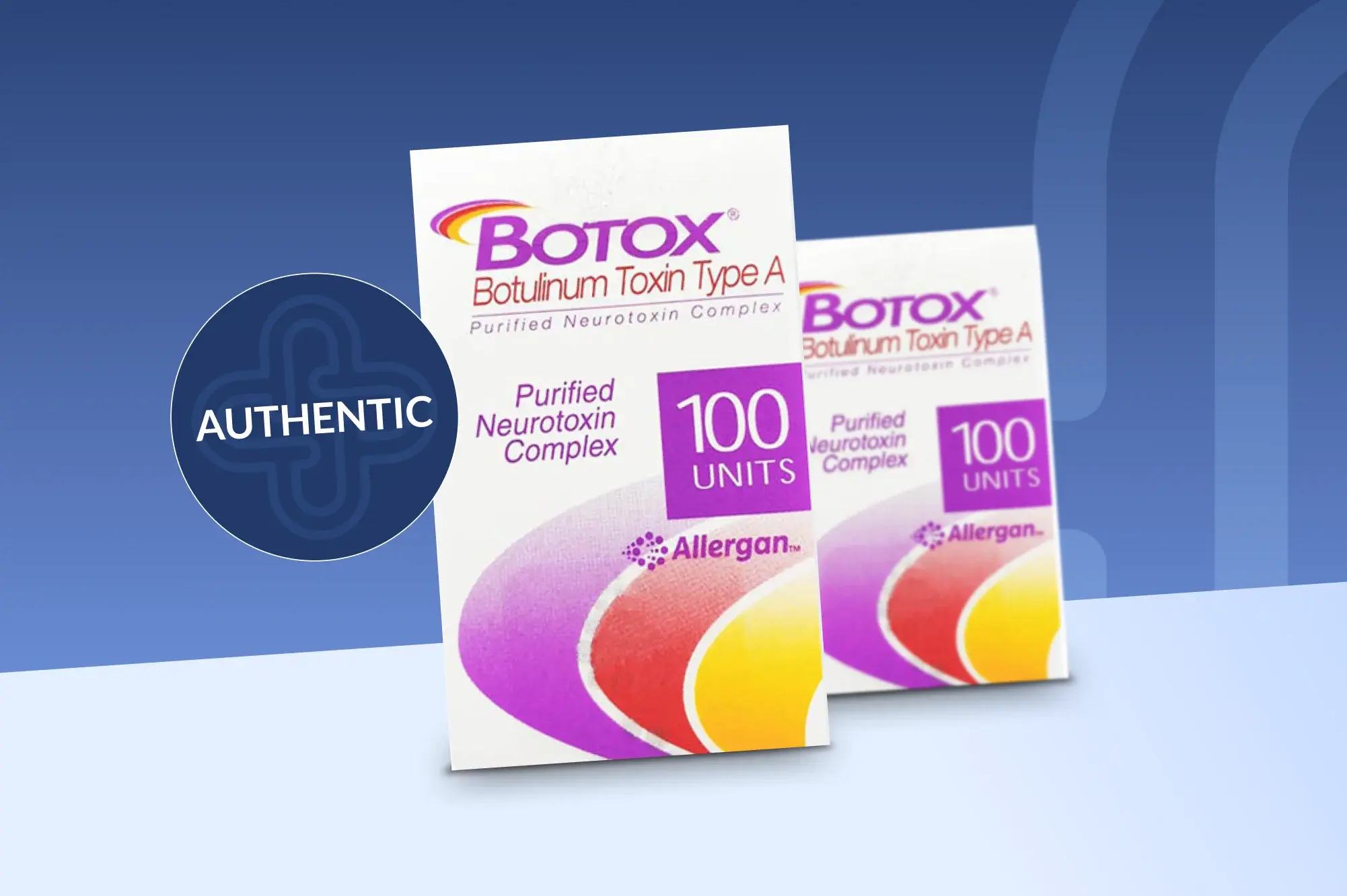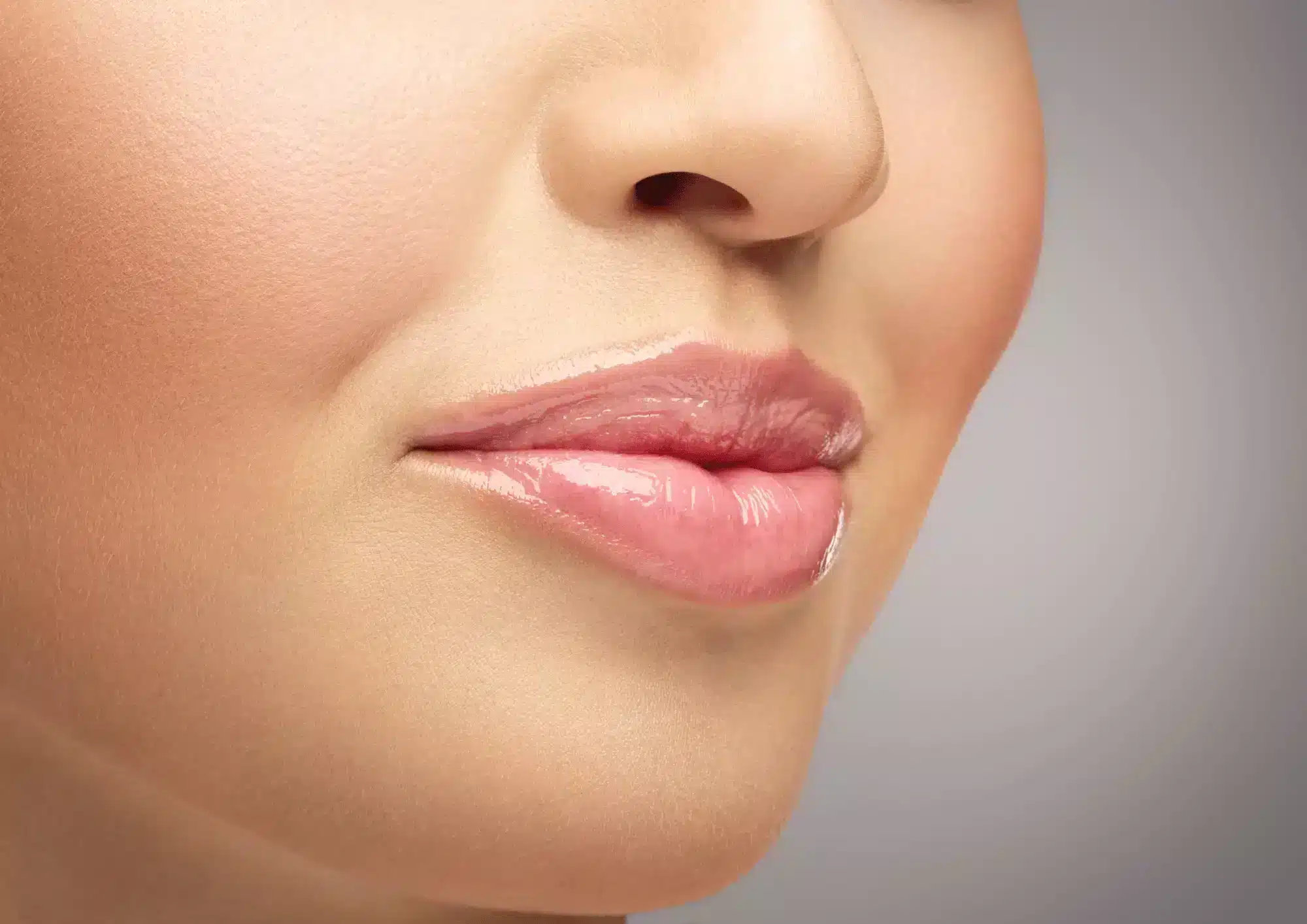Thread lifting was first introduced in the early 1990 and are now being used worldwide as a nonsurgical facelift technique.Today, available threads are make of dissolvable materials that are inserted into the subcutaneous fat layer to lift areas such as the forehead, cheeks, mouth, neck and decollete. Some doctors also use threads to reduce sagging in the arms, hands, knees, and buttocks.
What does it do?
Using sutures to help lift sagging skin is a minimally-invasive technique for improving the elasticity and firmness of the skin. This treatment is recommended for patients with moderate sagging.
The practitioner will treat targeted areas with local anesthetic before inserting the thread. The cones on the thread hold onto the tissue, which anchors the skin and holds it firmly.
Advantages of Thread Lifting
• Avoids large incision and substantial dissection
• Shorter operation period
• Shorter recovery period
• Less traumatic
• Less frequent side effects depending on the type of technique performed
• In-office procedure
Disadvantages of Thread Lifting
• Repositioning fails to address excess skin
• Temporary results
How do I know if I should get a thread lift ?
Prime candidates are those with moderately sagging skin. For the majority of patients, combining thread lift with other non-surgical procedures can deliver optimal results. Patients can consider dermal fillers to help hydrate and reduce lines in the facial area after the thread lift.
| Patients suitable for thread lifts | Patients not suitable for thread lifts |
|
|
Risks and side effects
Thread lifts have been used frequently over the last few decades. Once the bio-resorbable threads are inserted, the skin is lifted. Over time, the threads dissolve, stimulating the body’s production of natural collagen. Adverse reactions are rare, but it is important to receive treatment from a licensed practitioner.
Common side effects:
• Bruising
• Swelling
• Redness
• Tenderness
• Numbness
Rare side effects:
• Temporary dimpling
• Cones visible under the skin
• Scar formation
• Infection
• Puckering
• Asymmetrical results
Post-Procedure Management
• Apply a cold pack to the treated area for 10 to 15 minutes immediately after the procedure.
• An antibiotic cream may be prescribed and must be used as directed.
• If needed, analgesic medication may be prescribed. Do not take anti-inflammatory drugs for the first 7 days.
• Follow any other instructions given by your doctor.
Thread lift cost
For those who are not experiencing excessive sagging, a thread lift can be a great option. Although it is temporary, the stimulation of natural collagen can help further improve the skin’s condition. The cost of the treatment will vary depending on how many areas are being treated and the number of threads needed. The average overall cost ranges from $1,500 to $4,500. That being said, some patients also opt for dermal fillers once the skin has healed from the thread lift. Depending on the filler used, the cost can range from $250 to $800 or more. This treatment is considerably more cost-effective for the patient, although some patients may prefer more permanent results. A traditional facelift can cost up to $15,000 or more.
There has been a recent increase of interest in thread lifting. More patients are aware of the benefits and fewer risks involved in this minimally invasive facial rejuvenation treatment. As well, due to its affordable cost, more and more patients are opting for this treatment as an alternative to a surgical facelift.









